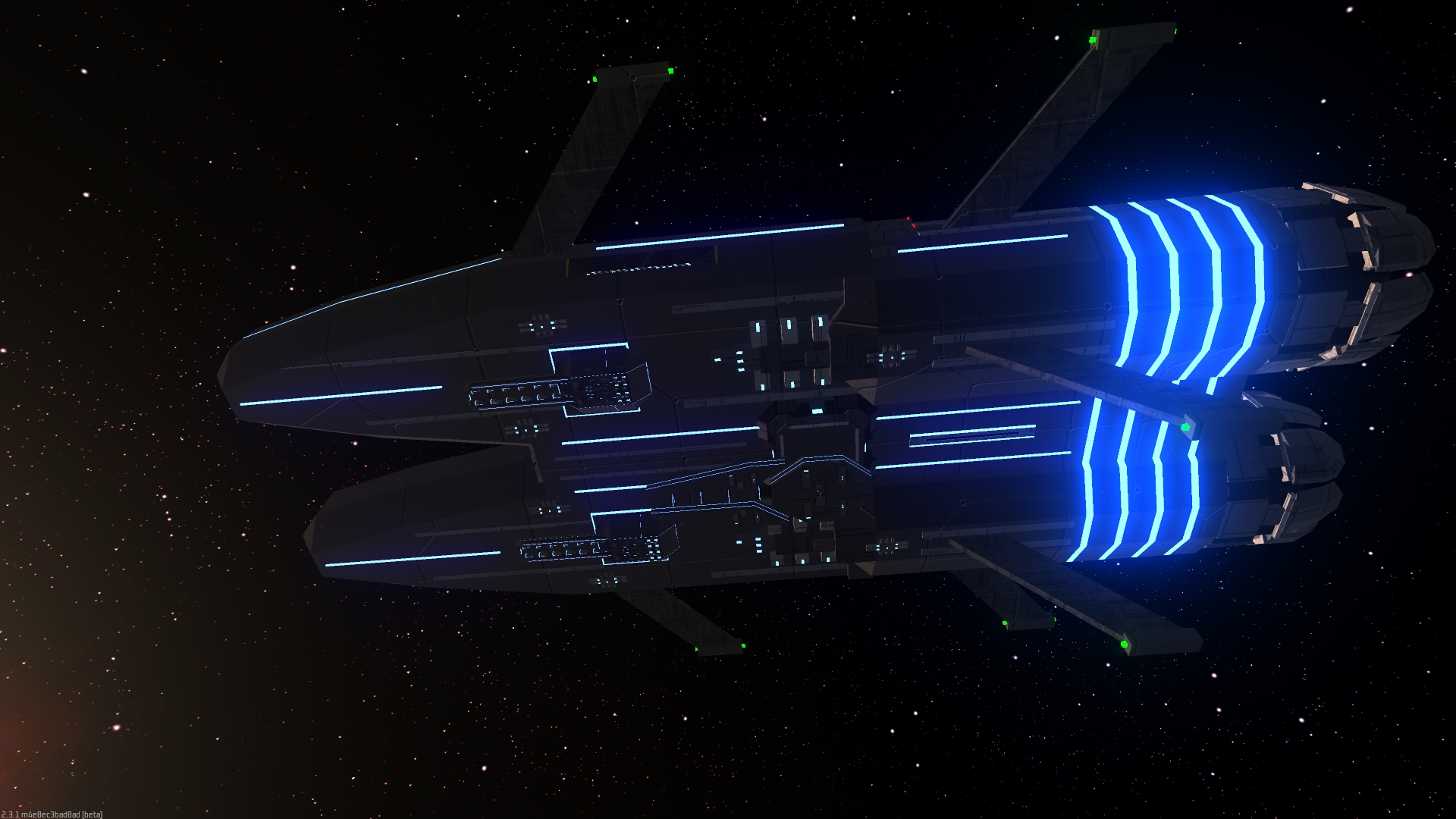Panau
A sentient species that resembles sand. Many Panau link with each other, forming a single, large brain called a cluster.
Multiple clusters can coexist with each other and form terrain similar to sand dunes, each cluster represnting a single consciousness.
They can move each other as well, allowing the sand to seemingly move by itself. This does not happen often however, as they dont have much energy available.
They obtain most of their energy from photosynthesis but can also trap and digest lifeforms caught in the moving sands.
Panau can even survive being stepped on by larger lifeforms due to the large amount of mechanical reinforcement they evolved with.
Basic Information
Genetics and Reproduction
They cooperatively form large eggs. They may take a long time to make, but eggs will hatch into a large amount of newbron Panau.
Growth Rate & Stages
Individual newbron Panau takes about 30 years to grow to full size. At full size, they can help build eggs.
Ecology and Habitats
They like to form large deserts with other Panau.
Additional Information
Perception and Sensory Capabilities
Hearing and touch sensory capability only.
Sound waves impact a large area of Panau surface area. This causes them to vibrate and create electrical pulses through Panau clusters.
Panau can digest trapped prey by forming a stomach around a dead, suffocated creature and then using acid to break it down. This matter is then distributed around the panau colony with a fluid-like material that can be easily absorbed and passedon by other panau. They dont require a lot of energy for survival because they are inactive most of the time. Panau can 'speak' however, by sending electrical pulses to other panau clusters. They can speak to other races by using the reverse process of their hearing perception, by using electrical impulses to cause resonance in several panau at the surface.
Geographic Distribution



Comments